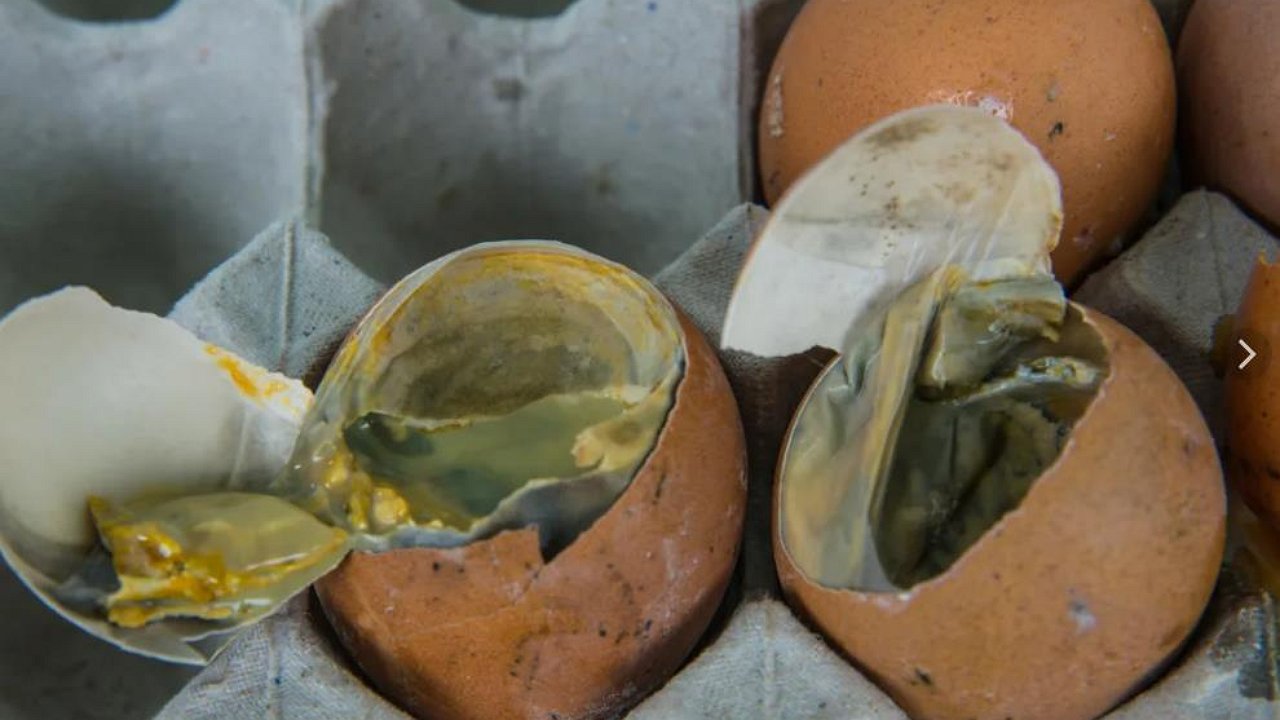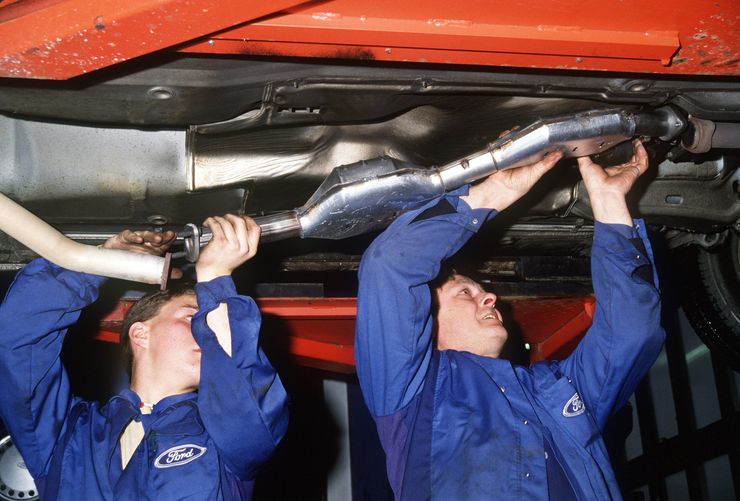Why does the car interior smell like rotten eggs?
- August 21, 2023
- 0
Smell is just as much a sign of a car malfunction as a good knock. It “smells sweet” in the cabin with sweet – antifreeze drips, with exhaust
Smell is just as much a sign of a car malfunction as a good knock. It “smells sweet” in the cabin with sweet – antifreeze drips, with exhaust

The interior of the car, no matter how many stench and smelly things you put in it, is always full of technical smells. Smells like plastic. Asphalt, burnt rubber and blocks pull out of the window, from under the seals. There is also no place without exhaust fumes: environmentally friendly electric vehicles are compensated by rotten KamAZ trucks, whose engines were rebuilt twice last week.
There are also smells that should make the owner wary: a sweetish chemical, a cutting nose – this is antifreeze leaking from the stove. To confirm the argument, you just need to put your hand under the driver’s carpet – it is damp there, and a white napkin will accurately determine the color of the liquid. Do you smell gasoline? It’s time to check the integrity of the exhaust system, get under the seat or in the trunk, pay attention to the health of the rubber gasket on the submersible fuel pump.
But these are understandable technical smells. But what if the car is frankly carrying rotten eggs? Where to look for the “enemy” in this case?
First of all, stories come to mind from the nineties, when mechanics, offended by the owner of the car, hid eggs and cans in the bowels of the cabin, which over time began to emit terrible smells. In addition, of course, there is an acute desire to check the trunk: is there still a bag of household waste left there after the last trip to the country? Here you laugh, and the masters of car services regularly find such “treasures”.
However, the most likely cause of “rotten eggs” lies under the bottom: a tightly clogged catalytic converter starts to smell with it. “Having heard” the first “tones”, you should immediately contact the service station so that the still incompletely dead node – which, by the way, stands like a Boeing wing – was immediately removed and washed.
By washing the “kata”, you can significantly extend its service life and save engine resources. The latter, by the way, will certainly “express gratitude”, also by the return of dynamism and the reduction of fuel consumption.

The interior of the car, no matter how many stench and smelly things you put in it, is always full of technical smells. Smells like plastic. Asphalt, burnt rubber and blocks pull out of the window, from under the seals. There is also no place without exhaust fumes: environmentally friendly electric vehicles are compensated by rotten KamAZ trucks, whose engines were rebuilt twice last week.
There are also smells that should make the owner wary: a sweetish chemical, a cutting nose – this is antifreeze leaking from the stove. To confirm the argument, you just need to put your hand under the driver’s carpet – it is damp there, and a white napkin will accurately determine the color of the liquid. Do you smell gasoline? It’s time to check the integrity of the exhaust system, get under the seat or in the trunk, pay attention to the health of the rubber gasket on the submersible fuel pump.
But these are understandable technical smells. But what if the car is frankly carrying rotten eggs? Where to look for the “enemy” in this case?
First of all, stories come to mind from the nineties, when mechanics, offended by the owner of the car, hid eggs and cans in the bowels of the cabin, which over time began to emit terrible smells. In addition, of course, there is an acute desire to check the trunk: is there still a bag of household waste left there after the last trip to the country? Here you laugh, and the masters of car services regularly find such “treasures”.
However, the most likely cause of “rotten eggs” lies under the bottom: a tightly clogged catalytic converter starts to smell with it. “Having heard” the first “tones”, you should immediately contact the service station so that the still incompletely dead node – which, by the way, stands like a Boeing wing – was immediately removed and washed.
By washing the “kata”, you can significantly extend its service life and save engine resources. The latter, by the way, will certainly “express gratitude”, also by the return of dynamism and the reduction of fuel consumption.
Source: Avto Vzglyad
Donald Salinas is an experienced automobile journalist and writer for Div Bracket. He brings his readers the latest news and developments from the world of automobiles, offering a unique and knowledgeable perspective on the latest trends and innovations in the automotive industry.